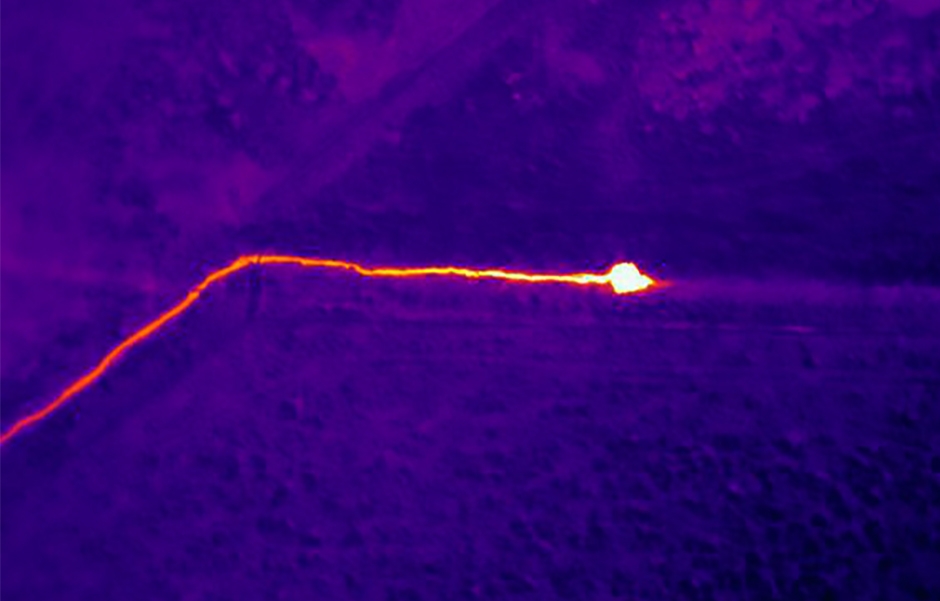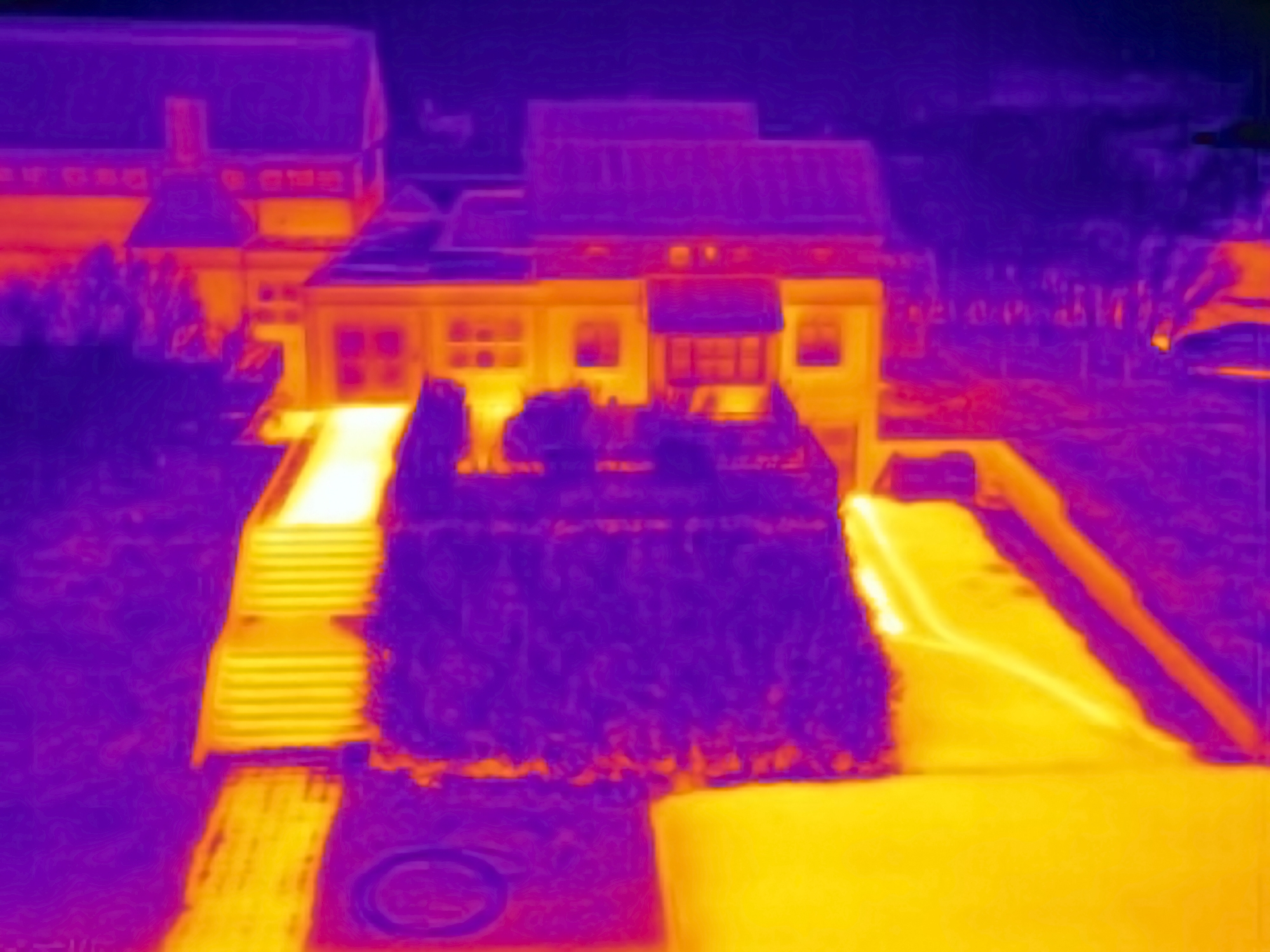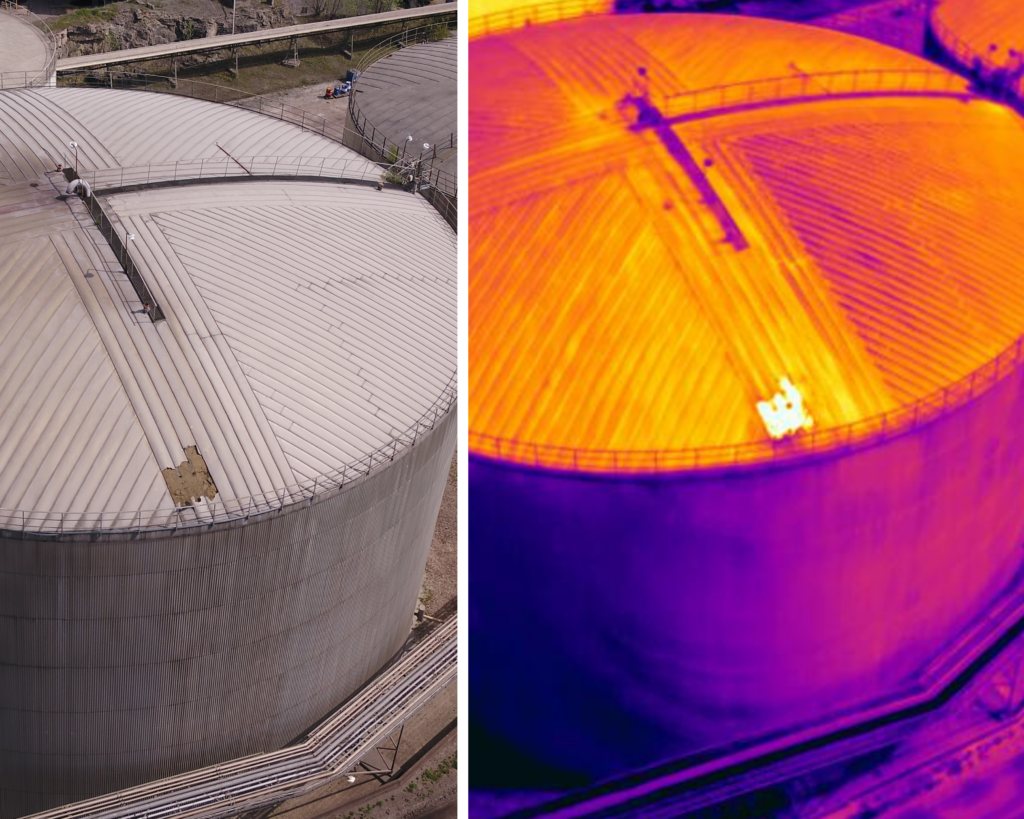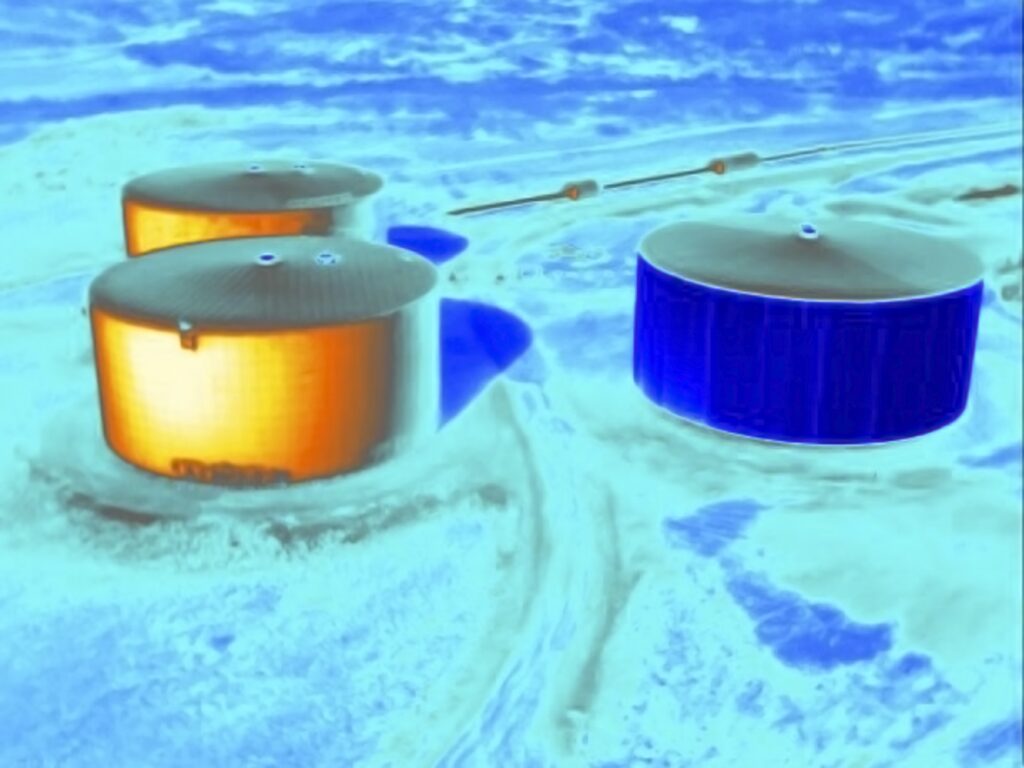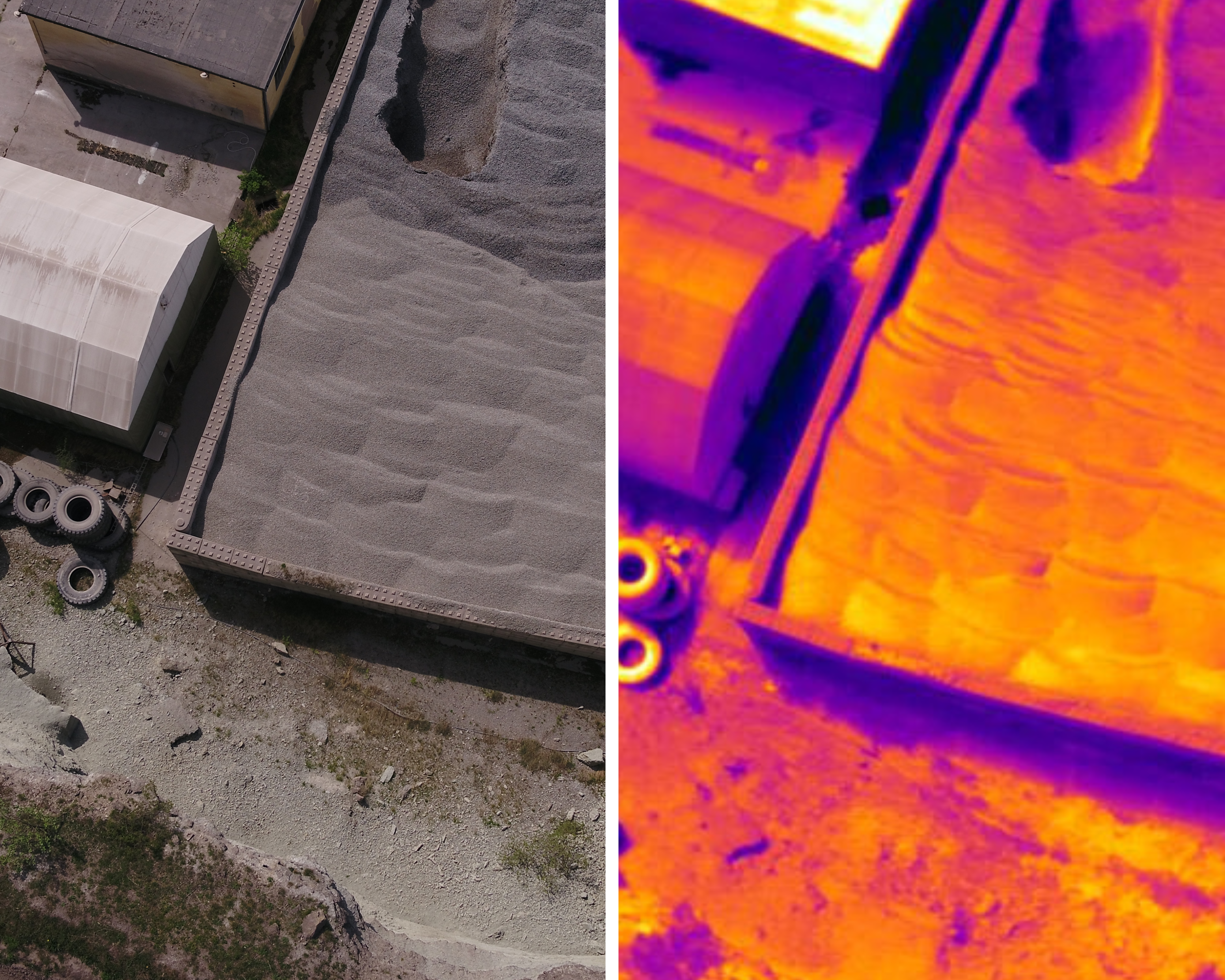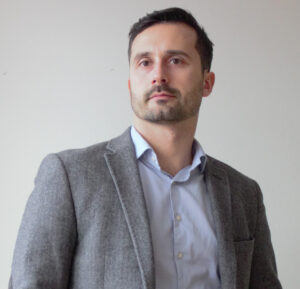By means of drone thermal inspections we can help identify 'hot spots' or 'cold spots' that usually indicate energy waste. Here's our approach:
- Comprehensive scans of indoor and/or outdoor surfaces
- Detailed analysis from certified thermographers who can identify areas with missing, damaged, or inadequate insulation
- Thermal scans on areas prone to air leaks, such as windows, doors, and joints
- Thermal scans to detect moisture and insulation issues in flat roofs, preventing heat loss and structural damage
- Assessment of inefficiencies in heating and cooling systems by analyzing surface temperature patterns around vents and ductwork.
By pinpointing these issues, we provide a clear plan for targeted improvements to reduce energy consumption and costs, like fixing leaks in a water pipe to stop energy waste.

